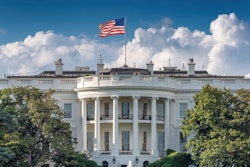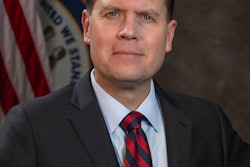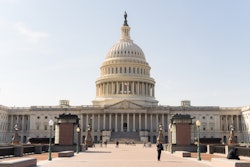Administrators from Hawkeye Community College have proposed a 14.11 percent property tax increase, which would add $1.4 million to its funding for the next fiscal year.
The Hawkeye Community College Board of Trustees recently approved publishing the 2019-20 budget estimate, which included the property tax increase, according to Waterloo-Cedar Falls Courier.
A total of $11.32 million in property and utility replacement tax collections are expected for the Hawkeye area that consists of 10 counties. In addition, the board of trustees have scheduled a public hearing to be held later this month, around the same time the budget is predicted to be approved.
Hawkeye officials proposed a $69.59 million budget for the next fiscal year, which represents a $4.06 million budget increase from the re-estimated budget for the current fiscal year.
Hawkeye’s vice president of administration and finance Dan Gillen said that a significant portion of the budget beyond the tax rate is currently an estimate, since other revenue sources such as state aid and tuition have not yet been determined.
“This process is all about setting the property tax rate,” Gillen said, adding that a boost in the community college’s insurance and early retirement rates are responsible for a large portion of the budget increase. Overall, the tax rate would rise 10 cents to $1.11 per $1,000 of taxable value, Waterloo-Cedar Falls Courier reported.
Some of the annual home tax increase, but not all – “basically $5.75 per $100,000” of taxable value, Gillen said – relates to the higher tax rate.
Hawkeye has maintained its tax rate to be under $1 for over a decade. The rate increased to $1.01 per $1,000 for the current fiscal year, putting the community college eighth among Iowa’s total 15 community colleges.
Community colleges have received an average increase in state aid of less than 1 percent for the past six years, Gillen said. Hawkeye has been resorting to its students to raise revenue as a result, annually increasing its tuition.
Hawkeye is now the fifth highest tuition and fees among all of Iowa’s community college, Gillen said.
When the colleges were established five decades ago, student tuition, state aid and local taxpayers were expected to each make up a third of their institutional revenues, said Board chairman Jay Nardini. Tuition now makes up approximately 62 percent of college operating funds.
“We have worked very hard as a college to keep our property taxes down,” said Nardini. “Unless the state’s going to give us more money, we have to look at raising taxes or raising tuition.”









